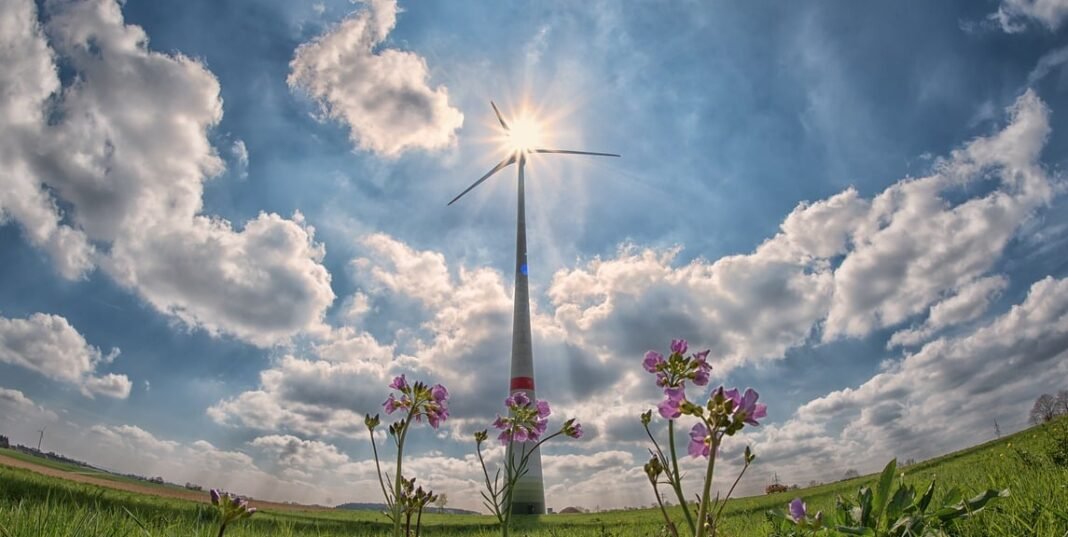Energy Consumption Trends Across in Europe

After Russia’s invasion of Ukraine, almost all European states began to review their energy policy due to energy consumption issues. At the policy level, most of them agreed that dependence on Russian oil and gas should be reduced. In addition, replacing fossil fuels to meet climate change and environmental goals is both a challenge and a top priority for the entire world.
Energy Consumption in Europe:
Nevertheless, fossil fuels are still the main energy resource for European states. The only exceptions are Sweden and Norway, where the main energy resource is water and, accordingly, hydroelectric plants.
According to the latest World Energy report, the most common energy consumption resource in Europe is oil. Oil is the leading fossil fuel for such countries as: Great Britain, Spain, Portugal, France, Italy, Belgium, Switzerland, Netherlands, Germany, Romania, Hungary, Austria and Greece. It is significant that until 2021, nuclear energy will be the main source of energy for France. Nuclear energy was responsible for 70% of the country’s total consumption. However, due to reactor maintenance and repair work, oil has become the dominant energy resource for France. The latter accounts for 34.7% of the country’s energy resources.
It is interesting how the energy distribution will look like after the rejection of Russian natural gas by the European states. Currently, natural gas is the main energy resource in Europe for such countries as: Ukraine, Belarus and Russia itself. According to the report, until 2021 it will represent the main energy resource for Great Britain, Italy, Hungary, Slovakia and Turkey.
As for coal, it is currently the leading energy consumption resource in Europe only for Poland and the Czech Republic. In the past, Germany was heavily dependent on coal as well as natural gas. However, after Russia’s invasion of Ukraine, the state changed its energy policy.
As you can see, renewable energy sources are dominant only in Sweden and Norway. Finland is also close to this indicator, where the situation is almost equal in terms of consumption of oil and hydropower resources.

